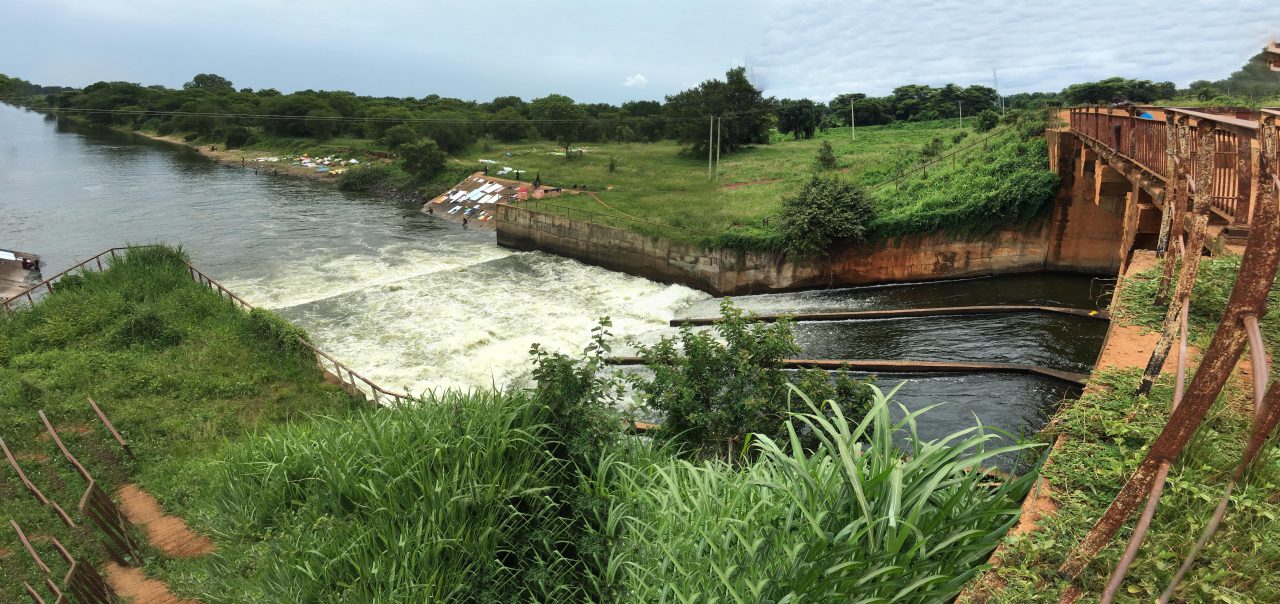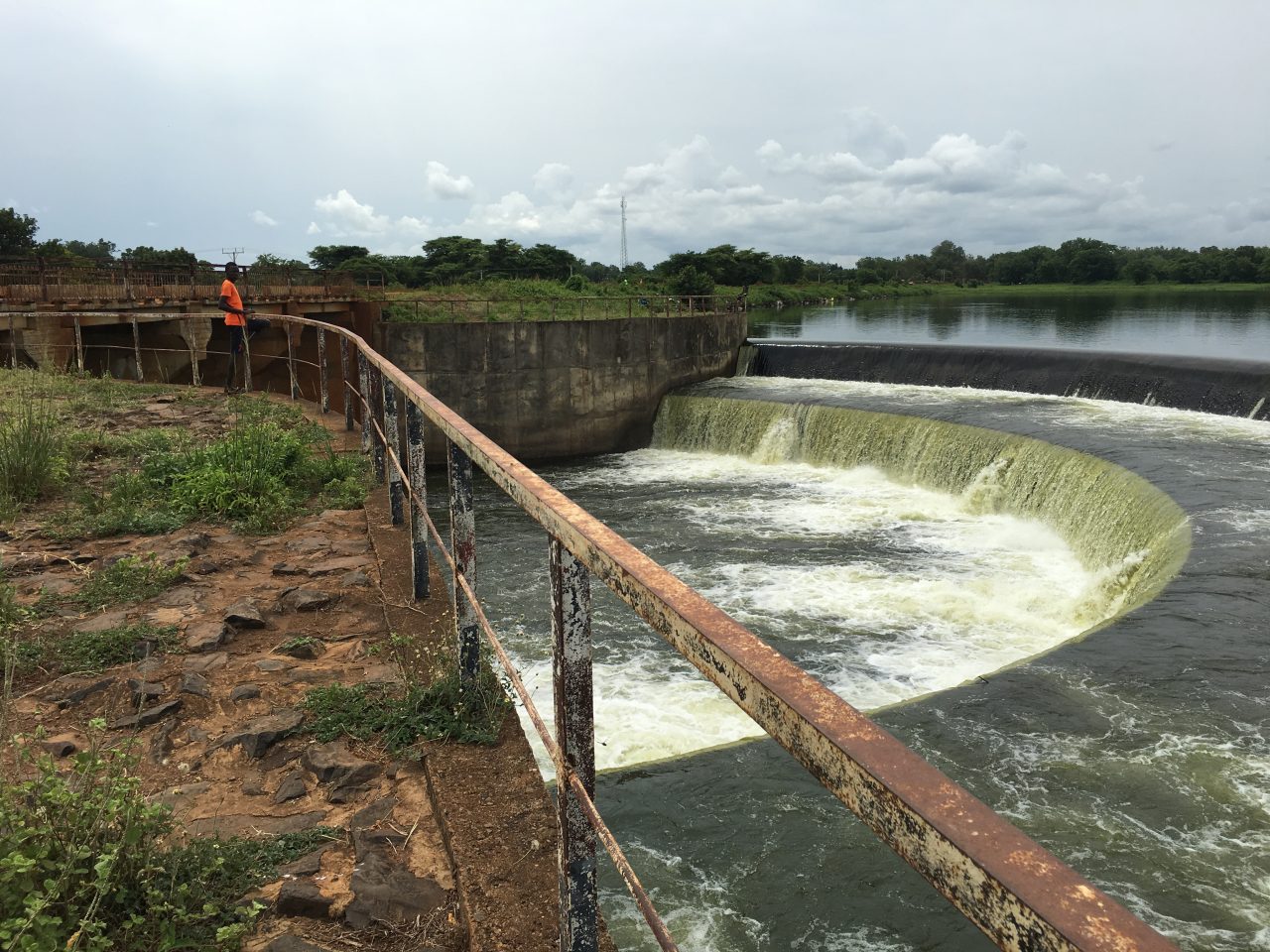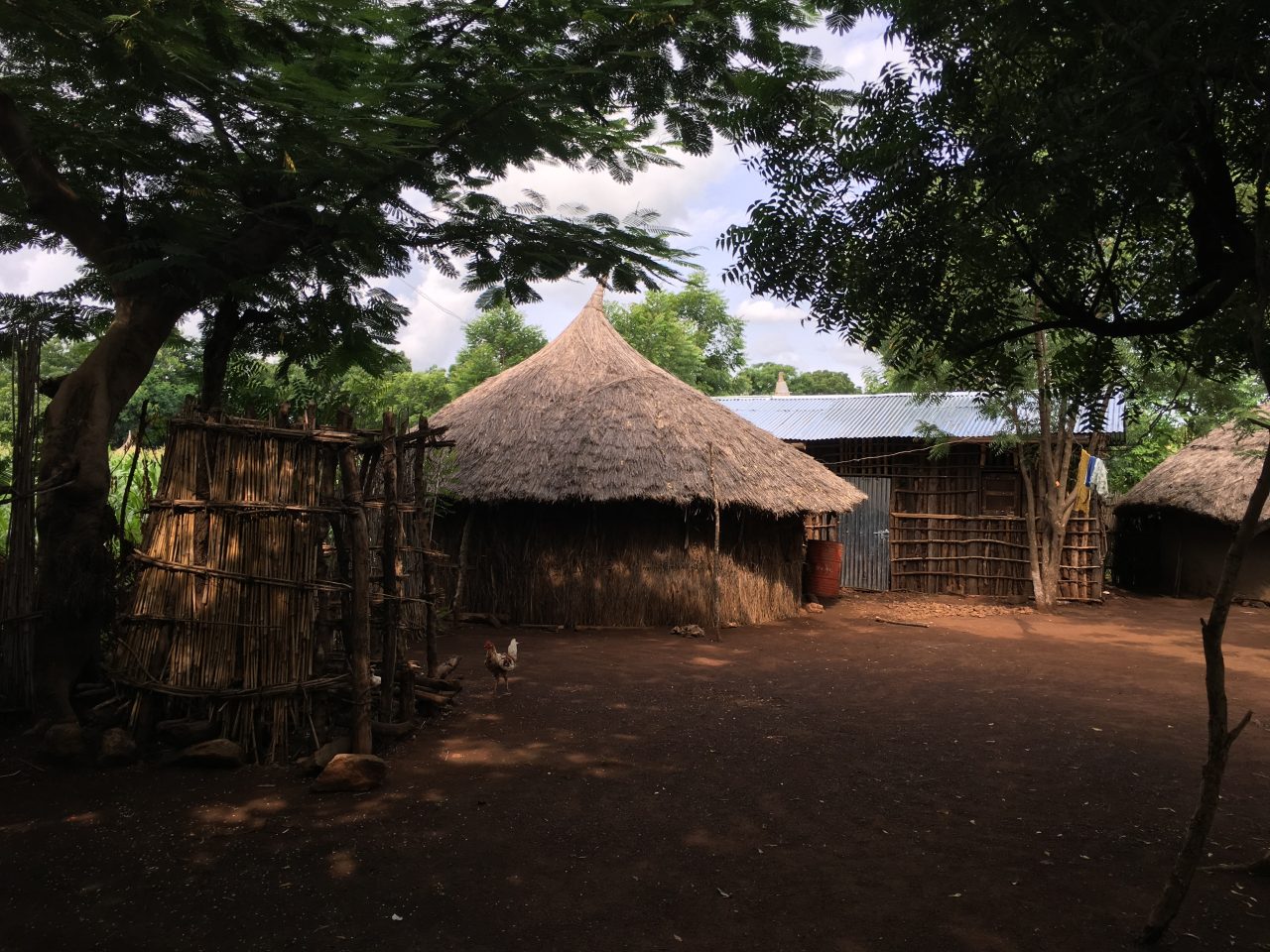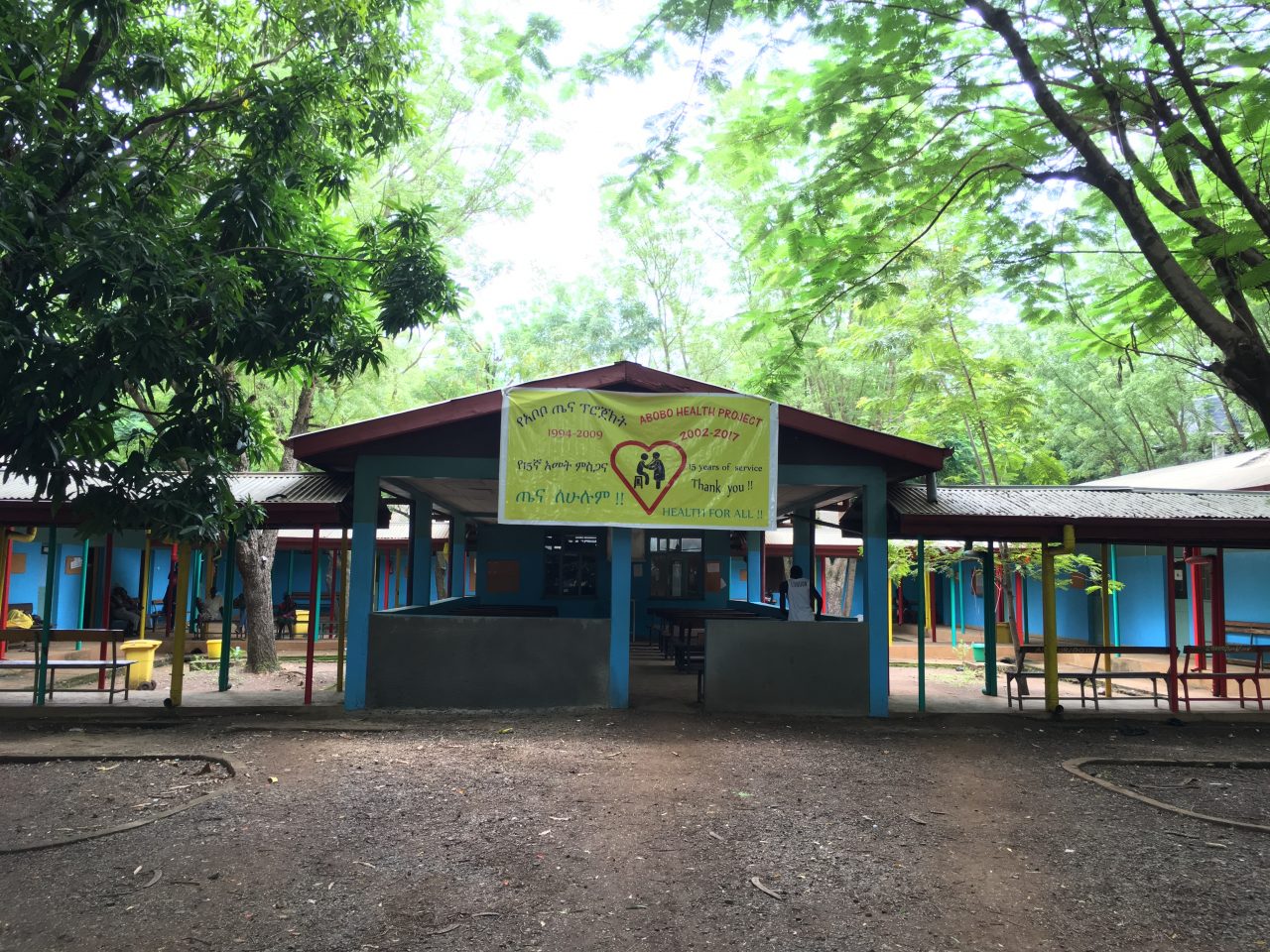The impact of dams and irrigation on malaria in Africa
African nations are constructing dams to address challenges related to food security and rising electricity demand. Many large and small dams are presently in the process of being built in sub-Saharan Africa. While dams have the potential to solve specific issues, they can also worsen others, such as the spread of malaria. The mosquitoes responsible for transmitting malaria reproduce in and lay their eggs in shallow bodies of water. Dams and irrigation systems can create shorelines that often harbor numerous shallow water pools.
Investigators from the International Centers of Excellence for Malaria Research (ICEMR) have discovered that the number of people living within approximately three miles of large dam reservoirs in sub-Saharan Africa increased from about 14 million to roughly 19 million between 2000 and 2015. Over these 15 years, the number of large dams in Africa grew from 884 to 919, as recorded in the World Register of Dams database.

The connection between dams and malaria is not straightforward. Dams do not consistently lead to increased malaria cases, and when they do, the extent of the increase varies. An analysis that considers multiple factors influencing malaria incidence found that the slope of the dam reservoir shoreline is the most critical factor affecting malaria transmission around the dam. ICEMR researchers have demonstrated that in areas otherwise suitable for mosquito breeding, the slope of the reservoir’s shoreline significantly influences the prevalence of malaria near dams. Reservoirs with gentler shorelines tend to have a more pronounced impact on malaria transmission. Gentle slopes typically result in poor drainage, facilitating the persistence of surface water bodies and the formation of stable pools that are favorable for mosquito breeding. These slopes also offer suitable areas for cattle to drink water, leading to numerous hoof-prints that provide additional breeding sites for mosquitoes. Conversely, steeper slopes promote better drainage and reduce the likelihood of pools persisting long enough for mosquitoes to complete their aquatic development.

Water from Abobo Alwero dam near the Ethiopia-Sudan border irrigates a 10,000-hectare rice farm in Gambela, Ethiopia, in one of the ICEMR study sites.
ICEMR researchers have also determined that agricultural irrigation practices play a crucial role in altering populations of malaria vectors. Observational studies conducted at ICEMR sites in Ethiopia and Kenya have revealed that agricultural irrigation increases the diversity of anopheline mosquito breeding habitats, the occurrence of larvae, and their abundance. This contributes to the proliferation of suitable breeding sites for malaria vectors. Integrating a high-resolution distributed hydrological model with remotely sensed data in a study site in Ethiopia (the Arjo-Dedessa irrigation development site) indicated that irrigation significantly enhances the probability of larval habitat occurrence during dry and rainy seasons. This prolongs the stability of the habitats, with a notable shift from semi-permanent to permanent habitats. The high-risk window for larval breeding (from June to September) is extended by two months due to irrigation. Implementing larval source management as a part of routine malaria vector control strategies could aid in reducing mosquito population density and malaria transmission in the vicinity of irrigation schemes. Consequently, an increased diversity, abundance, and density of Anopheles species, which transmit malaria, were observed during dry and wet seasons. This diversified group of malaria-transmitting Anopheles species could elevate the risk of year-round malaria transmission, complicating disease prevention and control efforts.


The World Health Organization has established a goal of reducing global malaria cases and mortality rates by a minimum of 90% by 2030. However, ICEMR researchers caution that dam reservoirs will remain focal points for malaria transmission in sub-Saharan Africa, where 90% of the global malaria burden is concentrated. Researchers emphasize the necessity for more rigorous assessments of the potential impact at the planning stages of new dam projects to predict likely malaria impacts. Furthermore, they underscore the importance of giving more careful consideration to the design of dam reservoirs, water management, and the development of new malaria control strategies suitable for settings with abundant mosquito breeding sites near dams and irrigation areas.